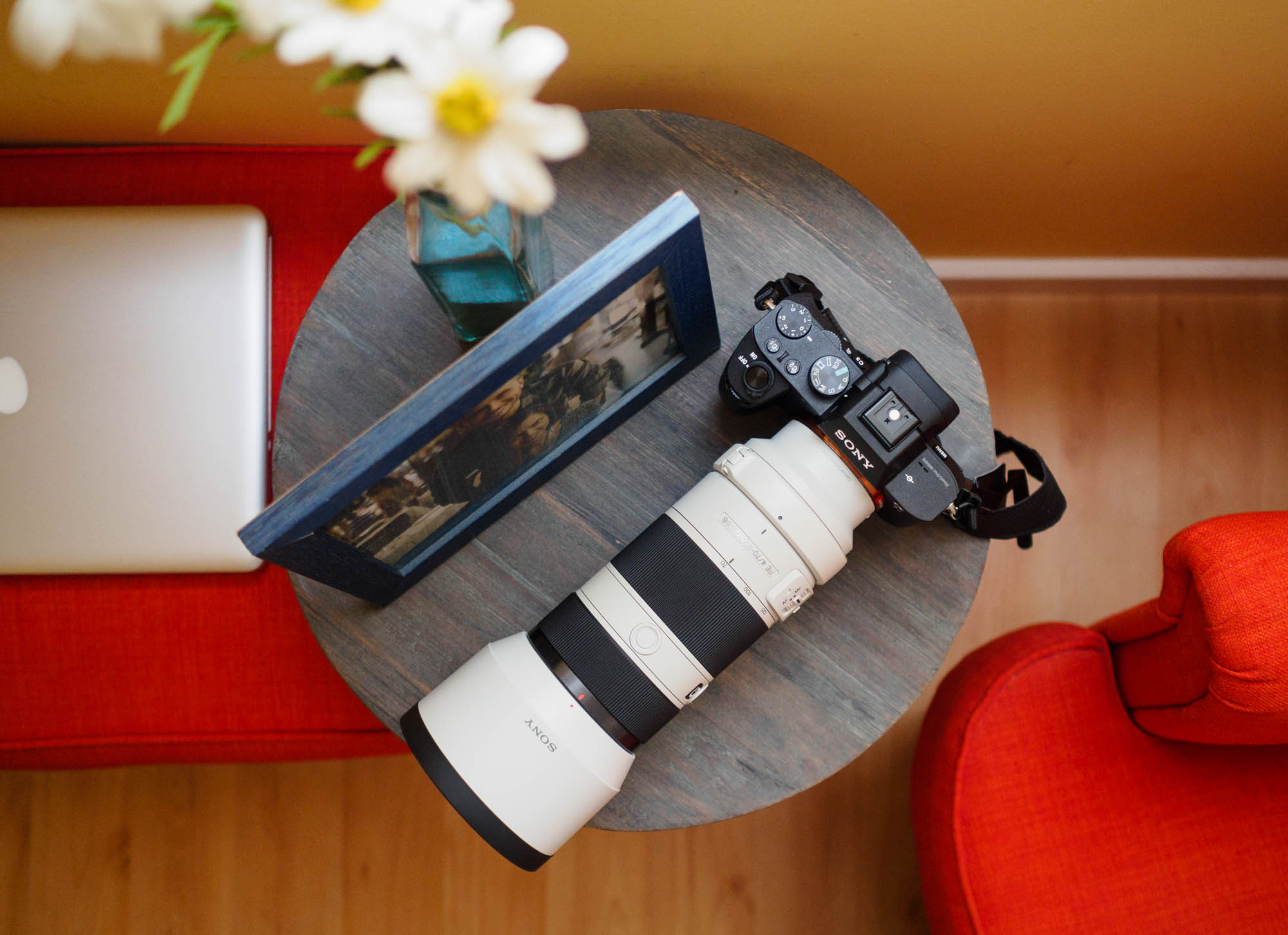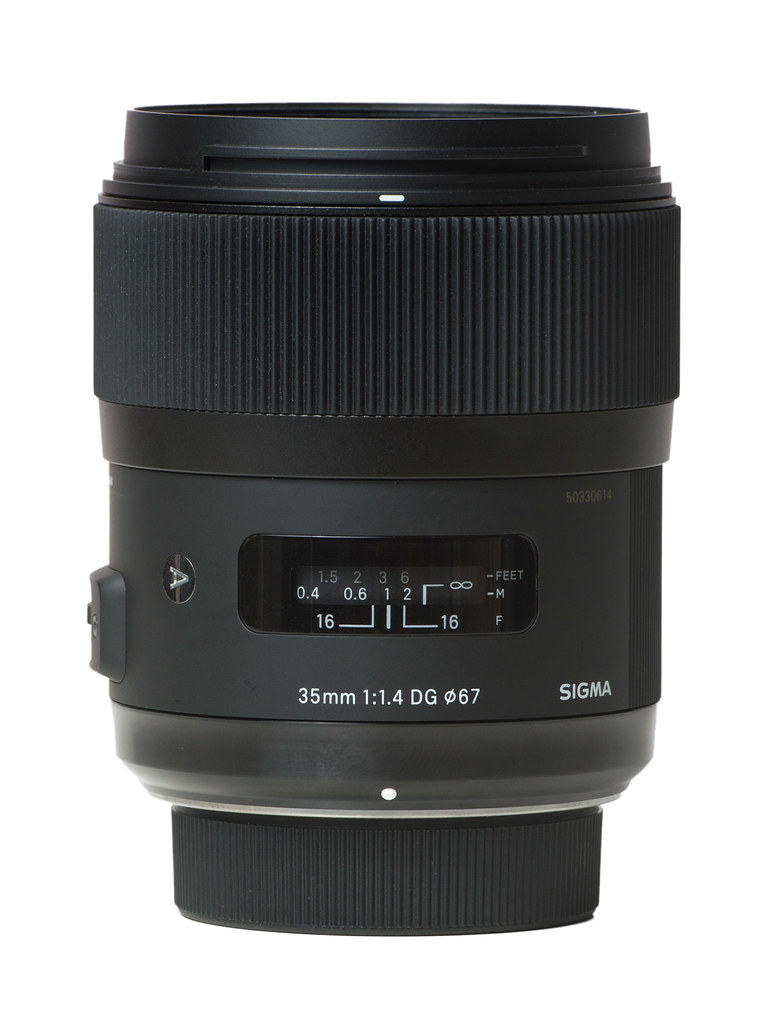Hello there, welcome to another issue of Morning Coffee, my weekly roundup of interesting writing.
Issue #25: The worst app, the brain vs. the heart, and 20 years of Pixar animation
With the Thanksgiving holiday and the Black Friday in the US, this was kind of a slow week on the writing front and as a result, this issue contains fewer items than usual. That said, these are all great pieces well worth your time.
Enjoy.
♡
Apple Pencil review | Myke Hurley →
Great review by Relay FM’s Myke Hurley, guest-posting at The Pen Addict:
Let’s face it, it is extremely unlikely that any digital experience is going to ever be able to replicate the feel of a pencil or a pen gliding across a piece of paper. The joy that we all feel when using our favourite combinations are unlikely to ever be matched by glass and plastic. But that’s not what this product is about.
What I was looking for from the Apple Pencil was to be able to write naturally on the screen, in the size I usually write, and it visually match what I would expect to see.
And it does.
♢
The worst app | Allen Pike →
Allen Pike had to deal with a very uncomfortable support situation recently: a scammy developer had listed his email address as the official support contact for a terrible app. Even worse, when he attempted to report the offending app to Apple, he discovered just how messy the procedure can really be:
Unfortunately, one does not simply contact Apple about an app. The official way to complain about an app is via the “Report a Problem” link from when you buy the app. Of course, I’m not going to buy this scam app just to complain about it, so I dug up an alternate form to report a problem. Maddeningly, one of the required fields on that form is an order number - the one you receive when you buy the app. Stalemate.
The good news is, he finally managed to get the app taken down, but he did have to shell out $3.49 CAD to buy the app in order to get Apple to engage. The whole story is surreal.
♤
Which do you enjoy more? | Ben Brooks →
Ben Brooks continues to fire away one awesome article after another in his quest to meet the 50,000-word goal he set for himself this month. In this one, he writes about the internal struggle many people feel between making emotional purchases and rational ones — or, as he put it, between the heart and the brain:
But the middle, the people who adopt some, but not all of the new things — they aren’t any better off, because no one adopts only the right things at the right time. You can’t actually be in the middle, you just can only be less extreme. In other words you may desperately try to print shipping labels from USPS, but at the same time refuse to send email because the hand written letter is the highest form of correspondence.
People who straddle both extremes like this aren’t any better, they are just weirder than people at either of the two extremes. Because at least those at an extreme end are consistent with how they act.
Agreed. I’m afraid I’m one of those weird people straddling both extremes. In point of fact, to use one of his own examples, I just spent way too much money on a leather Brixton messenger bag from Ona, but I also own all three of GORUCK’s original backpacks. Similarly, I’m all over Amazon and same-day Prime shipping for most of my purchases, but I shave using a decades-old straight razor. I own the current-generation Sony α7 II, but I spend countless hours shooting and scanning film with a Canon AE-1 Program camera that is older than I am. I subscribe to both Spotify and Apple Music, but I also own a growing vinyl collection and a 35-year-old record player.
It’s complicated.
Like Ben said, it’s all about making choices you can be at peace with. Sometimes I find that peace in the latest and greatest technology. Others, however, I’m all about the traditional stuff. At the end of the day, whatever works for you is the right choice. So be at peace.
♧
The Silicon Valley suicides | Hanna Rosin →
Incredibly in-depth story by Hanna Rosin for The Atlantic, where she tries to uncover the reasons behind recent teen suicide clusters in Silicon Valley. This is investigative journalism at its best:
Suicide clusters—defined as multiple deaths in close succession and proximity—feed on viral news, which feeds on social connections. McGee and the other administrators worried about vulnerable students reading too many details and overidentifying with Cameron. He had played basketball for years, so he knew people at both public high schools in town; his sister was in middle school; he seemed to have friends everywhere, and the grief was gathering momentum. Diorio had been the head of guidance at Palo Alto High (“Paly,” as it’s known in the community) in 2009 and 2010, during the last suicide cluster, but the big differences this time, she told me, were smartphones and social media. All day long, kids at Paly could get updates from Facebook, Instagram, and Twitter. By second period many already knew it was the Caltrain, again. That day, like every day, you could hear the train from most of the classrooms, passing every 20 minutes or so. That day, one student later told me, the warning whistle seemed like the cannon that goes off in The Hunger Games every time a kid dies.
♡
Fuji 35mm f/1.4 vs. Fuji 35mm f/2 | Jordan Steele →
Jordan compares Fuji’s new and affordable 35mm f/2 lens with the highly-regarded 35mm f/1.4 lens, and the results are surprising:
Both lenses are quality optics, but it’s clear to me that the 35mm f/2 shows some clear improvement in optical quality over the 35mm f/1.4. Both will do a great job, and the f/1.4 lens draws beautifully while providing that extra stop of speed, but the 35mm f/2 shows what Fuji can do with an extra few years of lens design for the X-Series.
The 35mm f/2 completely outclasses the faster f/1.4 lens in terms of sharpness throughout most of the aperture range, especially in the corners. Best of all, it costs $200 less. Unless you absolutely need that extra stop of speed, the new lens appears to be a significantly better value.
♢
The Quest for the Absolute | Benoit Lapray →
This awesome project by photographer and digital retoucher Benoit Lapray showcases several superheroes pursuing solitude in nature. I love the gorgeous landscapes and how he paints these very popular characters in a completely different light. Great stuff. Via The Phoblographer.
♤
VOTD: A Tribute to 20 Years of Masterful Storytelling from Pixar Animation | Ethan Anderton →
Ethan Anderton, writing for /Film:
While Pixar Animation is nearly 30 years old, it’s only been 20 years since the company ventured into feature length, computer animated filmmaking with Toy Story. The film was an instant classic in 1996 and it spawned two successful, acclaimed sequels with a fourth installment on the way in 2017, and it was just the beginning of what the animation house had to offer.
In celebration of Pixar’s milestone anniversary this year, editor Kees van Dijkhuizen has paid tribute to Pixar with a supercut of the films they’ve made over the years, from their early shorts to this year’s feature films. You might find yourself getting some tears in your eyes since it’s accompanied by Michael Giacchino‘s score from Up.
Definitely keep some tissues handy:
♧
Afterword
It seems my weeks go by faster and faster with each issue. I’m not sure that’s entirely a good thing, but I’ll take it.
In case you missed it, my review of the Sony α7 II camera was published on Tools & Toys earlier in the week. I’m quite happy with how this one turned out, but as they say, there’s no rest for the wicked.
I’m already working on my next review, which will definitely be shorter, but also hopefully remain useful, entertaining, and interesting to read. Those are three of my goals whenever I write a review — or anything else, for that matter. As accustomed as I am to reading and writing those pieces by now, it’s sometimes still easy to get too focused on the details while losing sight of the big picture, the greater point you’re trying to get across in the piece.
With product reviews, the goal is clear. Any review worth its salt should, at the very least, give you a clear idea of how the product works, what kind of results you can achieve with it, and what kind of user experience you can get out of it.
The specifics and technical details, while important, come in a distant second for me. Whenever I read a review, I don’t need it to tell me details I can read in a spec-sheet. It’s fine that those details are there in the article — and they should be — but it’s not the reason I’m reading.
For that reason, I try not to obsess about that when writing a review. Instead, my focus is usually on what it feels like to use a product, and whether it’s one I’d recommend to others. That, to me, is the ultimate test to any given product.
The α7 II, like most of the products I’ve reviewed, passes that test with flying colors.
♡
I believe that’s all for this week. The next one things will probably be back to normal, whatever normal means on the Internet.
Enjoy the rest of your weekend, and thank you for reading.














